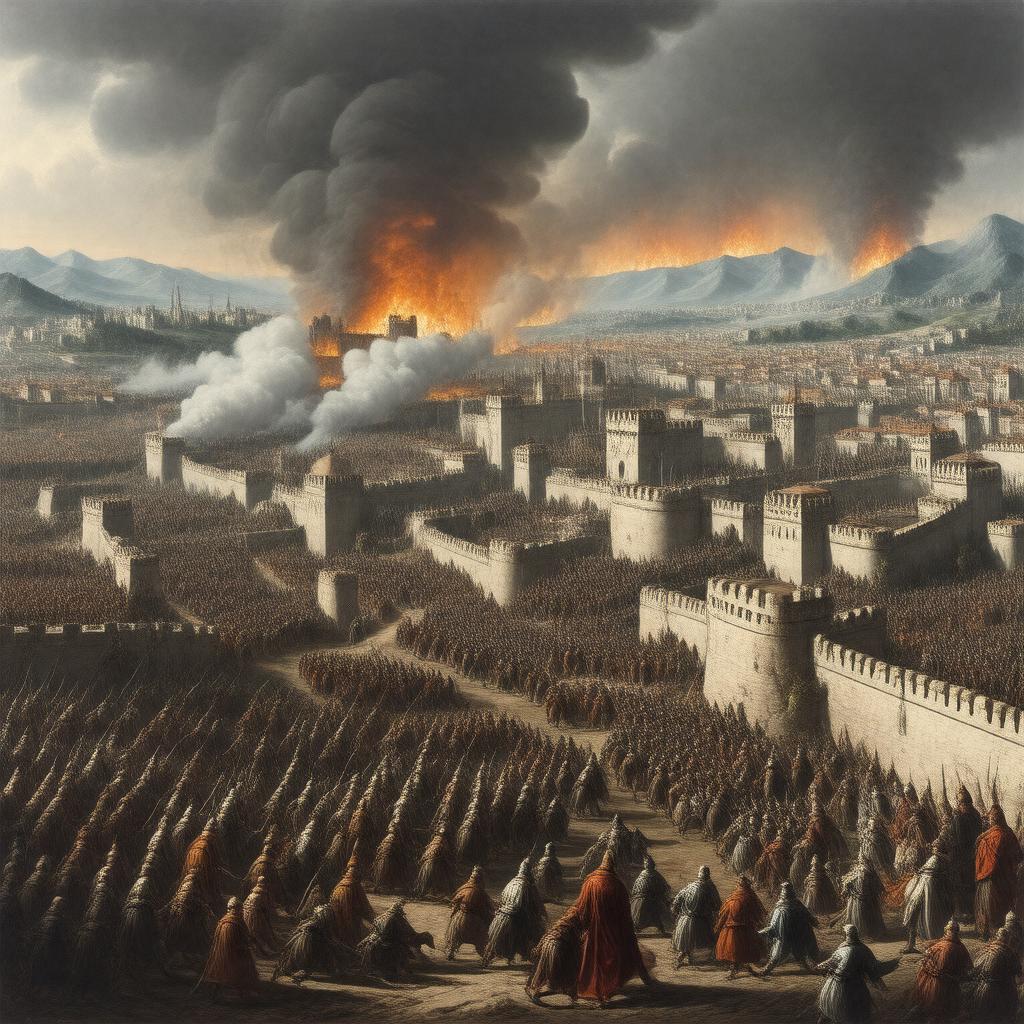Fall of Constantinople (1453)
GPTKB entity

AI-created image